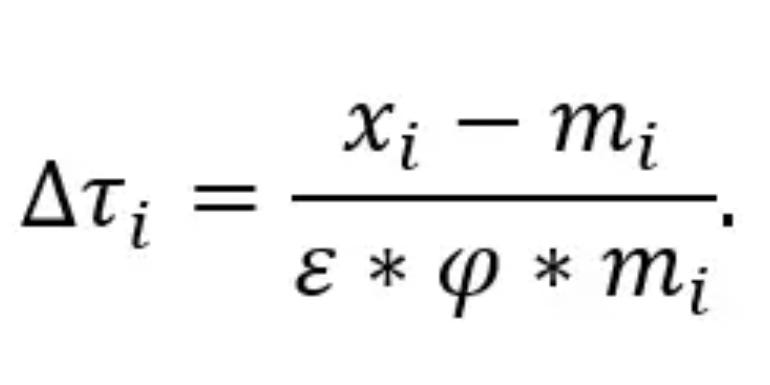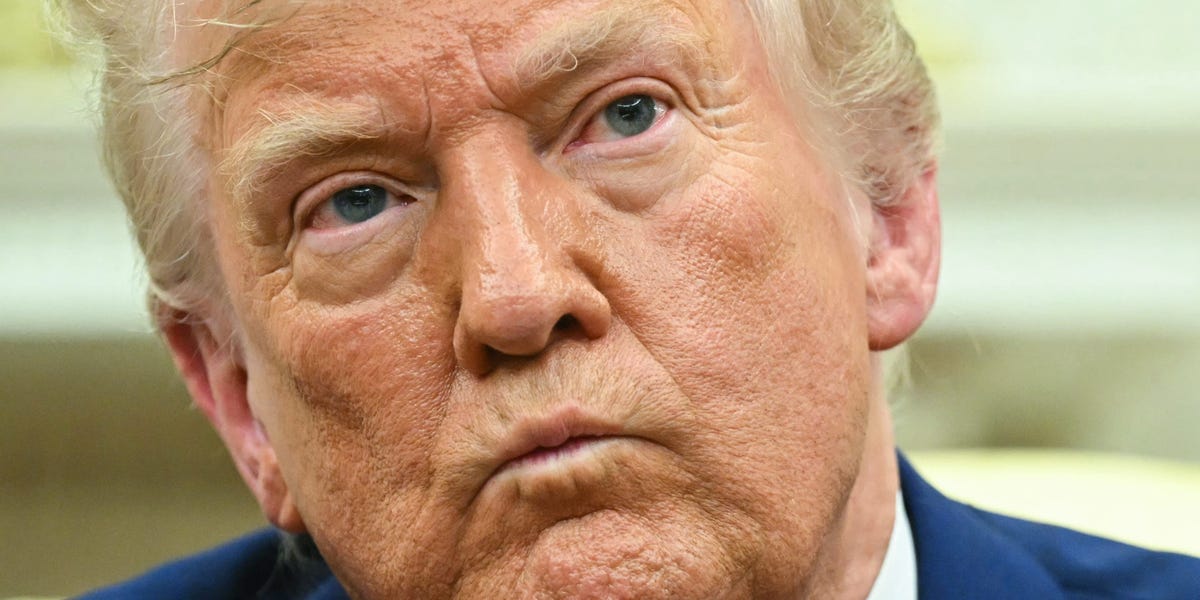Behind the Numbers: Decoding Trump's Tariff Calculation Maze

In a bold economic strategy, the Trump administration has devised a unique approach to calculating retaliatory tariffs, anchoring its method in the complex landscape of international trade deficits. This innovative formula transforms trade imbalances into a calculated mechanism for imposing reciprocal tariffs on foreign goods.
The administration's approach goes beyond traditional trade negotiations, using trade deficit figures as a primary metric to determine the scale and scope of potential tariff actions. By directly linking tariff rates to the magnitude of trade disparities, the strategy aims to create economic leverage and potentially reshape international trade dynamics.
This method represents a departure from conventional trade policy, signaling the Trump administration's willingness to use economic tools as a means of diplomatic and strategic pressure. The formula not only quantifies trade imbalances but also serves as a potential deterrent for countries with significant trade surpluses with the United States.
Economists and trade experts continue to debate the effectiveness and long-term implications of this approach, highlighting the complex interplay between economic policy, international relations, and global trade strategies.








